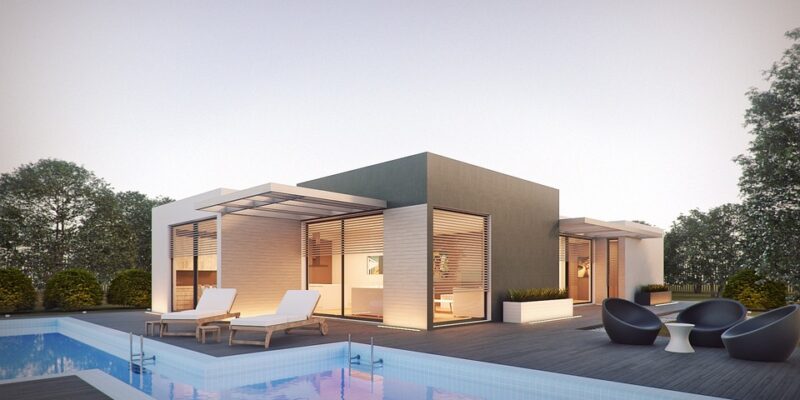The Art of photorealistic rendering: How to achieve stunning visuals
Introduction
Photorealistic rendering is a technique used in the field of computer graphics to create images that closely resemble real-world objects and scenes. With advancements in technology and software, achieving photorealism has become more accessible to artists and designers.
In this article, we will explore the process of creating stunning photorealistic visuals, the tools and software available, and tips for achieving the desired results.
Understanding the basics
Before diving into creating a photorealistic image, it is important to understand the basics of rendering. Rendering is the process of generating an image from a 3D model using specialized software. The goal of photorealistic rendering is to mimic real-world lighting conditions, materials, and textures to create a lifelike image.
To achieve photorealism, artists must pay close attention to detail, such as lighting, texture mapping, shading, and composition. By getting these elements right, an artist can create an image that looks like a photograph rather than a computer-generated rendering.
Choosing the right software
There are several software options available for photorealistic rendering, each with its own set of features and capabilities. Some popular choices include:
1. Autodesk 3ds Max – a powerful 3D modeling, animation, and rendering software used by professionals in the industry.
2. Blender – a free and open-source 3D creation suite that offers a wide range of tools for modeling, shading, texturing, lighting, and rendering.
3. Chaos Group V-Ray – a rendering engine that is widely used in the architectural visualization and design industries for its photorealistic capabilities.
4. Maxwell Render – a physically-based rendering engine known for its realistic lighting and materials.
When choosing a software for photorealistic rendering, consider factors such as your budget, the complexity of your projects, and your level of experience with 3D modeling and rendering software.
Creating realistic materials and textures
One of the key elements of photorealistic rendering is creating realistic materials and textures. To achieve this, artists must pay close attention to details such as bump mapping, specular mapping, and displacement mapping. These techniques help to create the illusion of depth and texture in a 3D model.
Using high-resolution textures and images can also help to enhance the realism of a rendering. By applying textures that closely resemble real-world materials, such as wood, metal, or fabric, artists can create more convincing visuals.
Mastering lighting and shadows
Lighting plays a crucial role in creating photorealistic images. By carefully configuring the lights in a scene, artists can create realistic shadows, reflections, and highlights. Using techniques such as global illumination and ambient occlusion can help to create a more natural-looking lighting effect.
It is also important to pay attention to the direction, intensity, color, and temperature of light sources in a scene. By experimenting with different lighting setups, artists can create unique and visually striking images.
Composition and framing
Composition and framing are essential aspects of creating photorealistic visuals. By carefully selecting the camera angle, focal length, and perspective of a scene, artists can create dynamic and visually engaging images.
Consider elements such as rule of thirds, leading lines, and symmetry when composing a scene. By incorporating these principles into your renderings, you can create images that are visually appealing and well-balanced.
Post-processing and final touches
Once the rendering is complete, artists can enhance the final image through post-processing techniques such as color correction, sharpening, and adding effects. Using software such as Adobe Photoshop or Lightroom, artists can fine-tune their images to achieve the desired look.
Adding details such as lens flare, depth of field, and motion blur can help to create a more immersive and realistic effect. Experimenting with different post-processing techniques can help artists to achieve a unique visual style.
Conclusion
Photorealistic rendering is a powerful technique that allows artists to create stunning and lifelike visuals. By mastering the basics of rendering, choosing the right software, and paying attention to detail, artists can achieve amazing results.
Whether you are a professional in the industry or a hobbyist looking to improve your rendering skills, practicing and experimenting with different techniques can help you to create images that are truly breathtaking. With the right tools and knowledge, you can unlock the full potential of photorealistic rendering and create images that are indistinguishable from reality.
